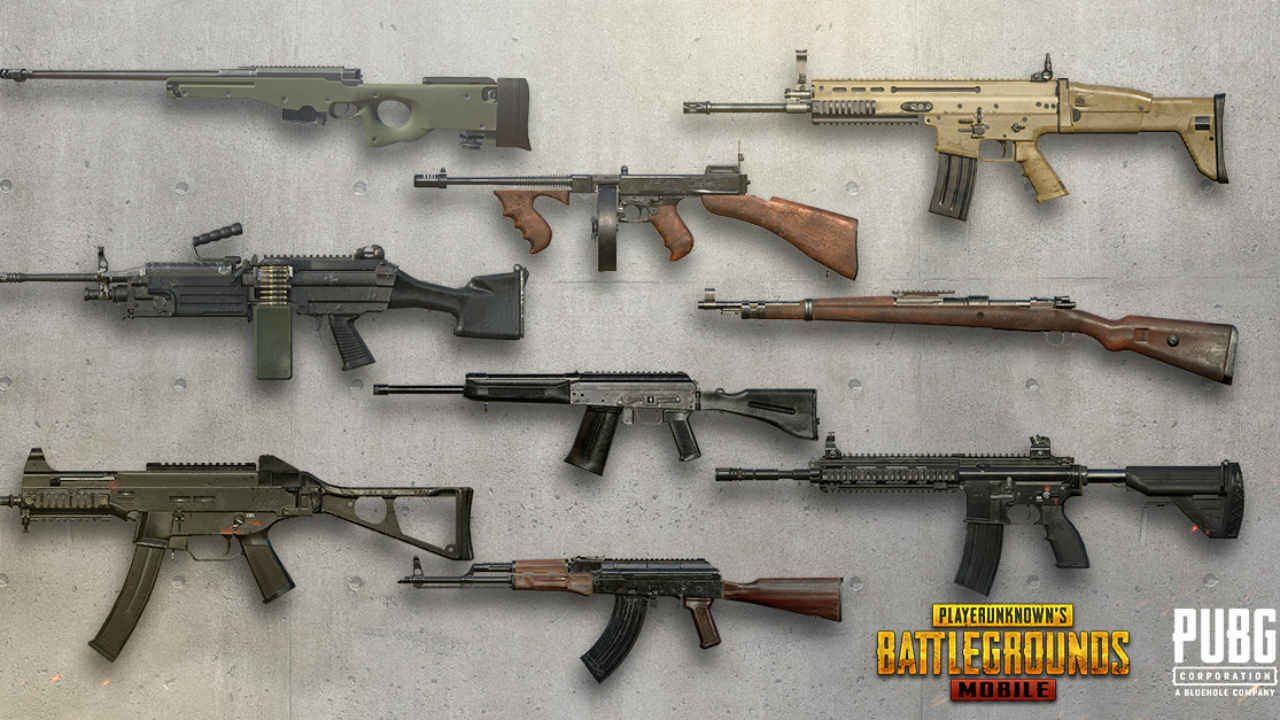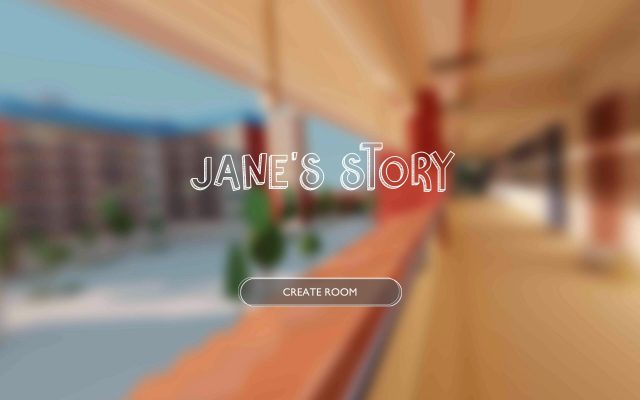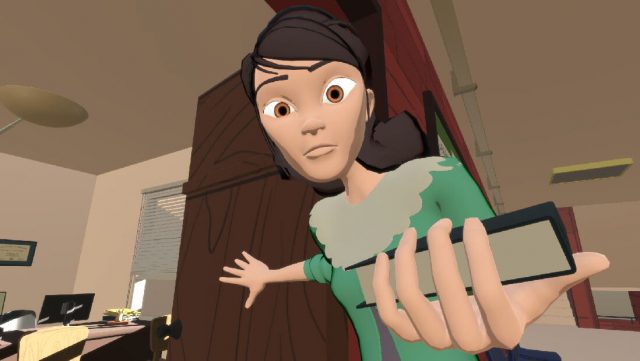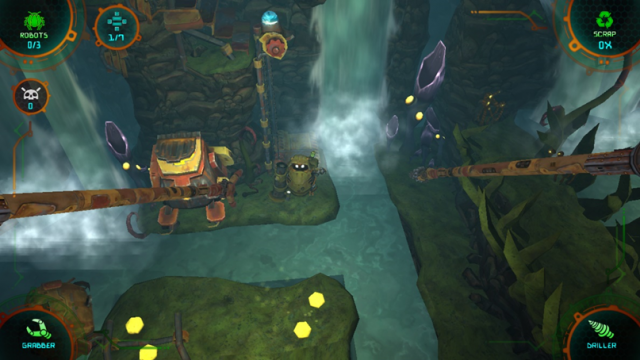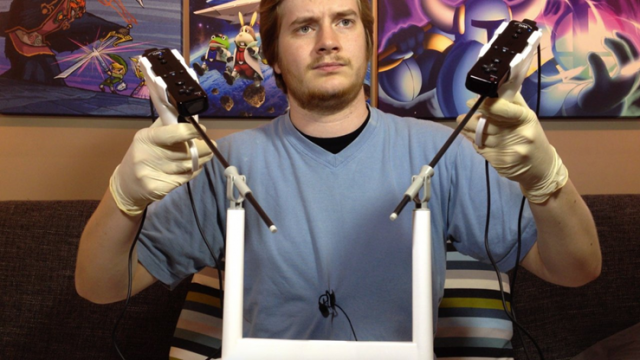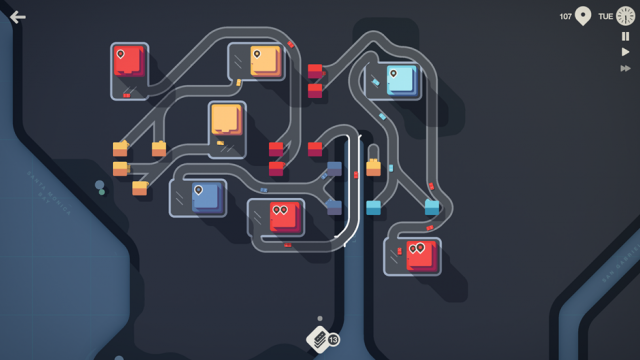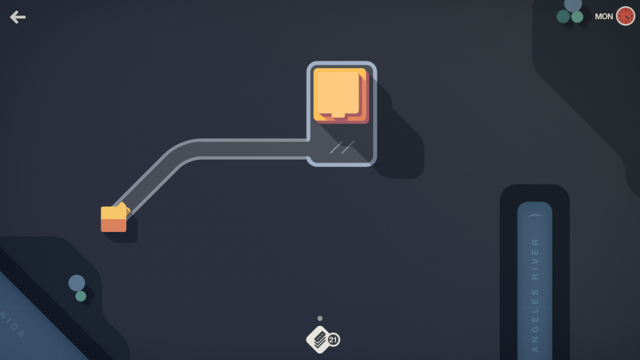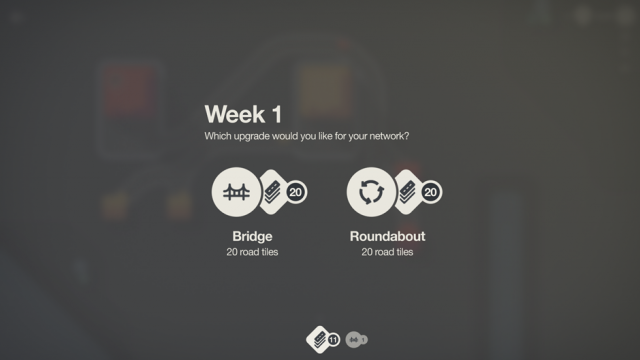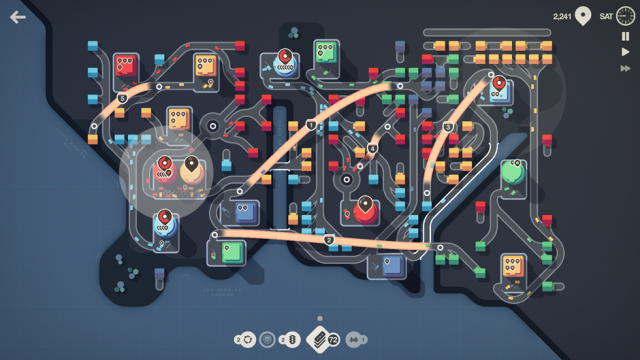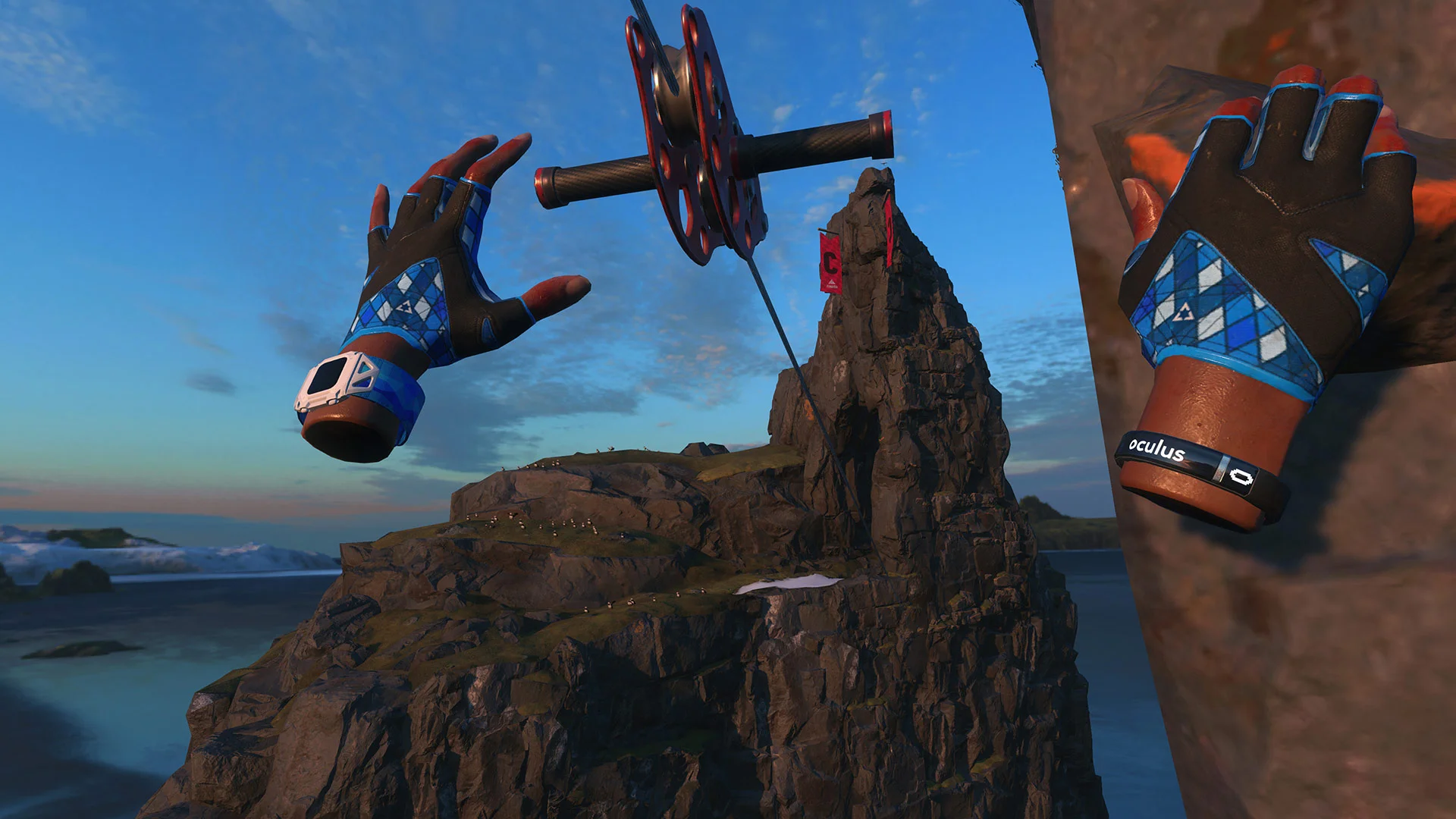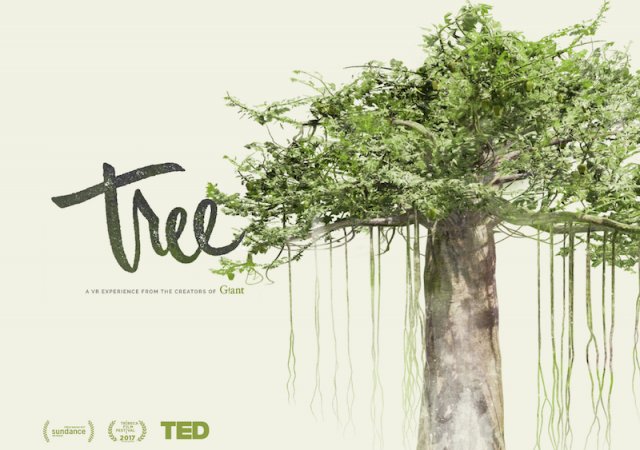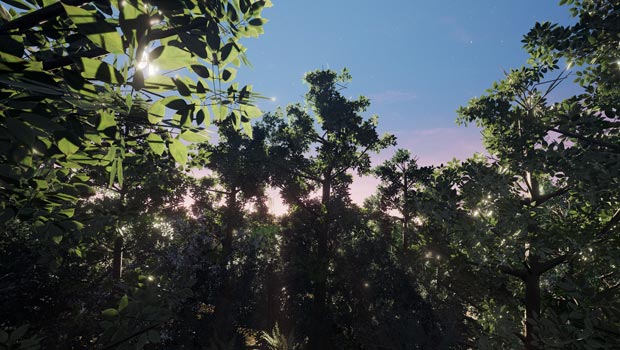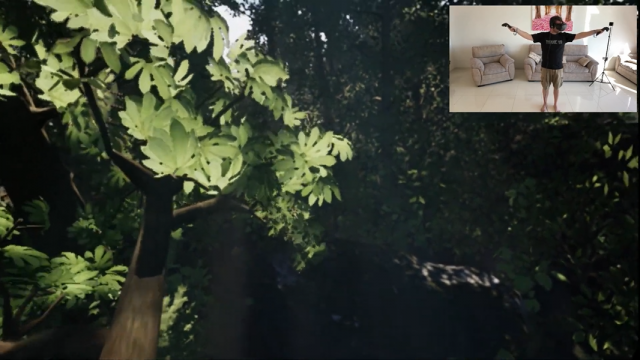Genshin Impact is an open-world action role-playing game, where the player is a traveller exploring the world of Teyvat, in search for their lost sibling. On their journey, players meet different characters, embark on quests and discover new cities.
Website link: https://genshin.mihoyo.com/en/home
Lens 7: Elemental Tetrad
Mechanics
Players can wander around freely using the normal navigation controls. They can also sprint, jump, climb, glide and swim but with limited stamina. During combat, players can use normal attacks and elemental attacks, with different weapons and elements depending on the chosen playable character.
Story
The stories mostly lie in the quests, which involve meeting certain characters and helping to resolve the conflicts they are facing. It is mostly a linear story-telling method (author control), the interaction (player control) is relatively insignificant — only on a conversational level.
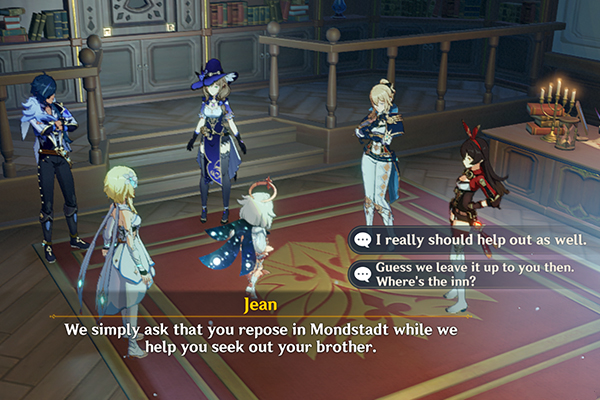
Aesthetics
Genshin Impact has stunning aesthetics, with detailed character design and architecture of vibrant colours, paired with enchanting music, sound effects and character dialogue that gives personality.
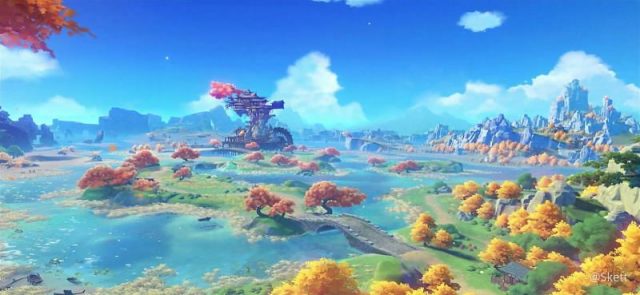
Meticulous care is also given to the interactions that players can have with their environment, making the experience very immersive and in line with the theme of exploration.
Technology
The game was developed using Unity. It is available on multiple platforms, such as Android, IOS, Windows, PS4, PS5 and they are planning to release on Nintendo Switch as well.
Lens 1: Essential Experience
I believe that one of Genshin Impact’s key components is their concept of elemental reactions and character switching. Each playable character has a main element (wind, fire, ice, etc). Combat in the game requires players to think about how to use elemental compatibility and reactivity to their advantage, both within their own party and against their opponents. For example, attacking with a water character and then switching to an ice character can freeze enemies that are difficult to beat, or using an electricity character on a rainy day will cause the enemies to be electrocuted, hence dealing more damage.
Understanding more about how the world in the game works and using past knowledge to solve new problems are part of the essential experience of the game.
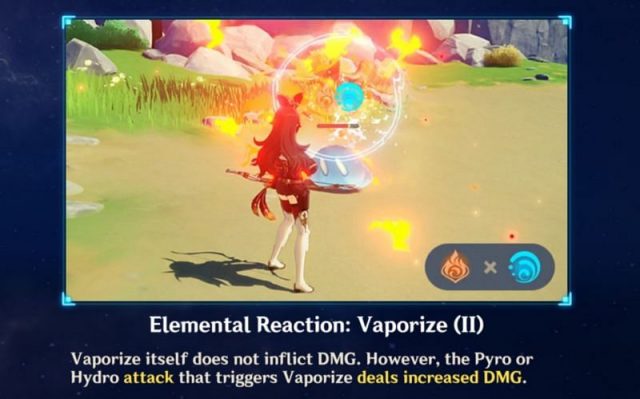
Lens 5: Endogenous Value
There are various rewards players can receive in Genshin Impact, and I think one of the most significant ones are Primogems. Genshin Impact has a “gacha” (or randomised) mechanic of pulling playable characters, and Primogems are the in-game currency necessary for that. Since the characters have different strengths and weaknesses, players would feel motivated to earn more Primogems to be able to pull more characters to create their ideal team.
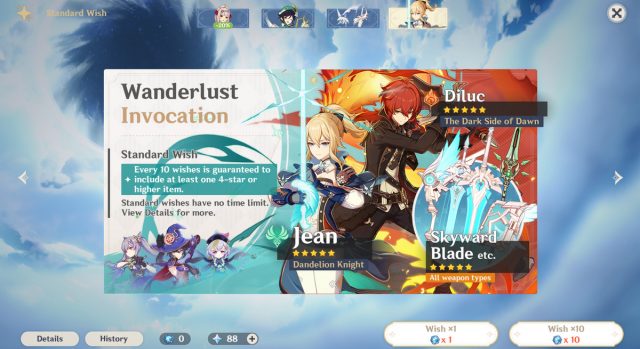
Completing certain domains or defeating bosses can also reward players with the required materials for levelling up their weapons or characters, which is also attractive as it makes defeating tough opponents easier.
As someone who does not want to spend money on games, this system works in my favour as I can continue to progress and enjoy the core game experience as long as I work on the right quests and tasks.
Lens 2, 3 & 4: Surprise, Fun & Curiosity
When players are not pursuing any active quests, they can go at their own pace in increasing their world exploration progress. As an open-world game, Genshin Impact provides many opportunities for players to wander around unexplored regions on the map, discovering enemy camps and treasure chests along the way. This is what I usually do when I get bored or stuck at a particularly difficult quest but still want to play the game.
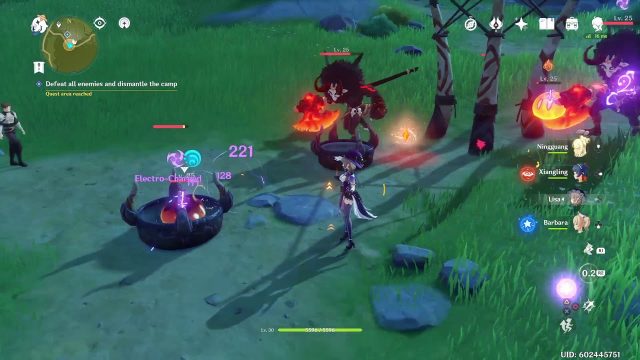
Lens 6: Problem Solving
As mentioned earlier, combat requires strategies, especially when defeating opponents with different weaknesses. Players can use weapons and elemental reactions to their advantage.
One of my favourite parts is how Genshin Impact has puzzles sprinkled all over their map — for example, figuring out the right mechanism to unlock a certain domain. Clues and hints are available in the area, and players can put two and two together, sometimes using different characters’ abilities to solve the puzzle. This gives a great sense of accomplishment.
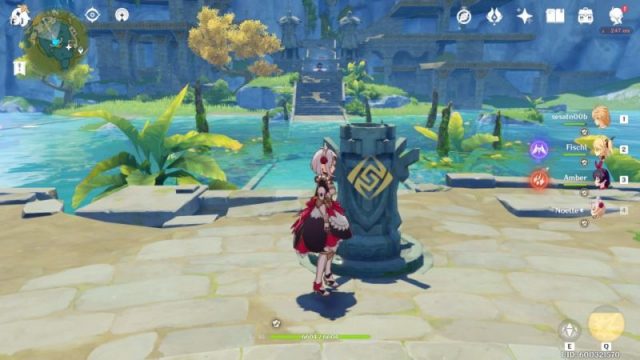
Conclusion
Overall, Genshin Impact has a good mix of action, problem-solving and aesthetic. I love how it allows players to immerse themselves in a different world, and the way players can slowly explore and progress at their own pace if they choose to.



